The Doberman Pinscher, a breed known for its athleticism, intelligence, and guarding capabilities, also boasts a fascinating array of coat colors. These colors are more than just aesthetic; they carry genetic information that can affect everything from the dog’s health to its suitability for certain types of work. Recognized for their sleek and shiny coats, Dobermans command a presence that is both noble and commanding. This article explores seven stunning color variations of the Doberman Pinscher, providing insights into each one’s specific traits and what they might mean for owners. While some colors are widely recognized and favored for conformation shows, others are rarer and can be subject to various health considerations. Understanding these color variations is essential for prospective Doberman owners to appreciate the full spectrum of beauty and responsibility that comes with owning such a distinctive breed.
1. Black and Rust
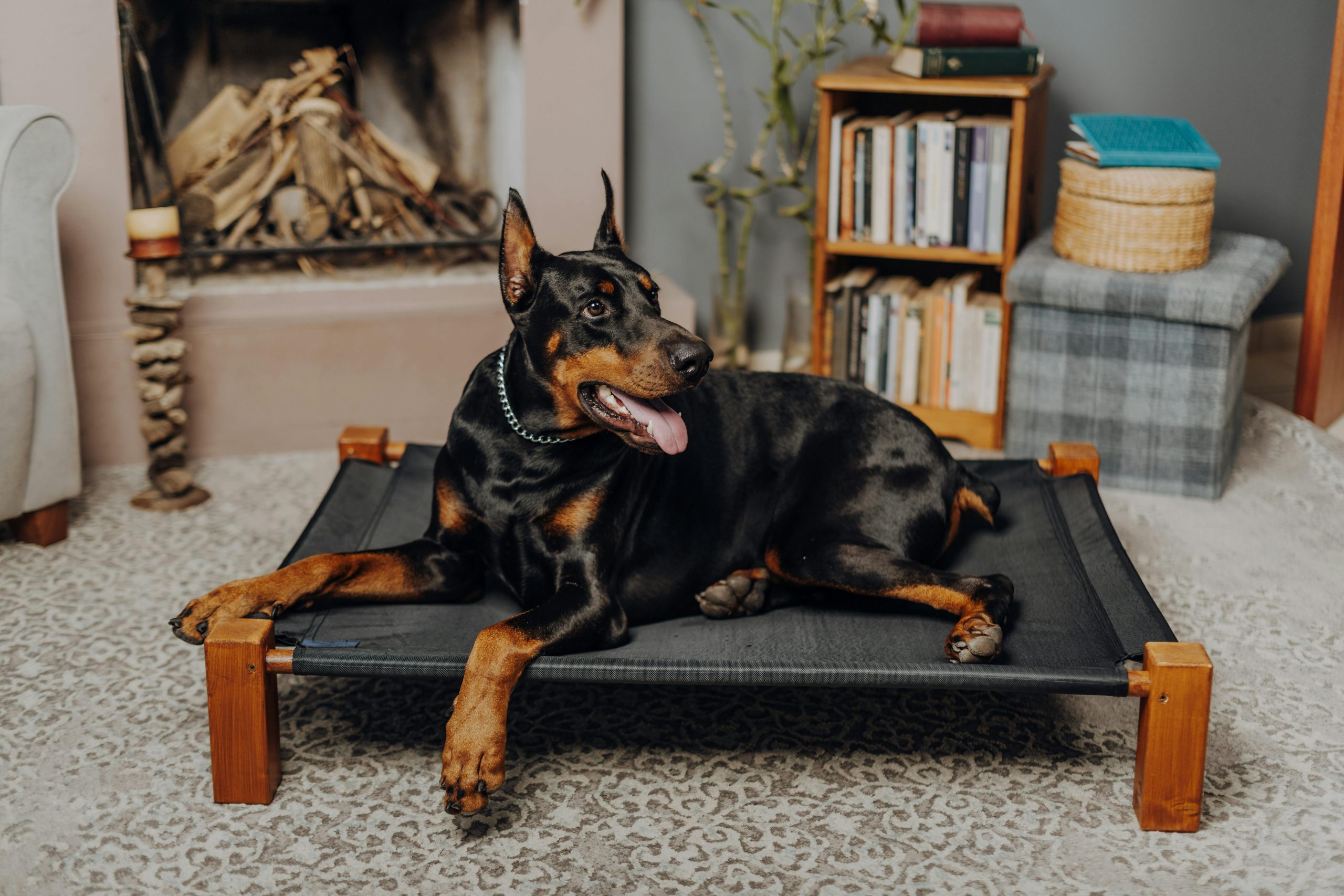
The most iconic and recognized coloration of the Doberman is black and rust. This striking combination features a glossy black base with sharply defined rust-colored markings above the eyes, on the muzzle, chest, legs, and below the tail. Black and rust Dobermans are not just popular for their striking looks; they also typically exhibit the strong, protective traits the breed is known for. The rust markings should be rich and well-defined, contrasting vividly against the jet black of the main coat. This color is highly favored in the show ring due to its classic appearance, and these dogs often carry a regal air about them. Regular grooming and good nutrition help maintain the lustrous sheen of their black coat, which can be prone to showing dandruff and dirt more than lighter colors.
2. Red and Rust

Red and rust Dobermans possess a coat that ranges from a light cinnamon to a rich copper color, paired with rust markings in the same locations as their black counterparts. This color variant is softer and can sometimes give the dog a less intimidating appearance, which might be appealing to families. Red and rust Dobermans are relatively rare compared to the black and rust variety, but they share the same dynamic and protective personality traits. Owners should be aware that their red coats can fade in the sun, so protection against prolonged exposure is recommended to maintain the vibrant hue of their fur.
3. Blue and Rust
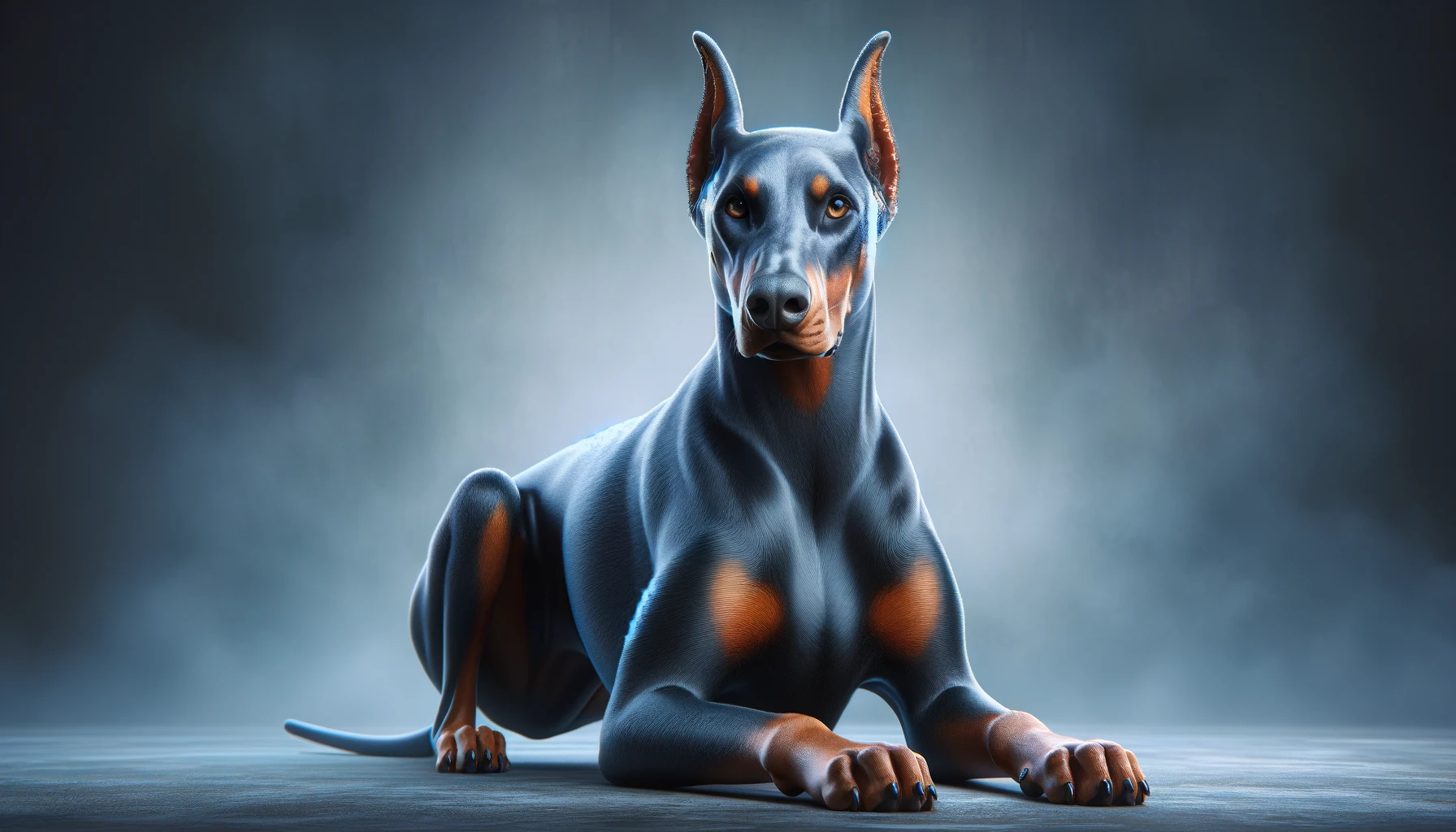
Blue and rust Dobermans have a coat color that is a dilute form of black. This gives them a unique smoky gray appearance that can range from a soft slate to a deep charcoal. The rust markings present a striking contrast against the blue, making this one of the most visually captivating Doberman colors. However, blue Dobermans can be prone to skin issues, such as Color Dilution Alopecia, which can cause hair loss and sensitive skin. Prospective owners should prepare for potential additional grooming needs and vet care to manage this condition.
4. Fawn (Isabella) and Rust

Fawn, or Isabella, Dobermans are a rare color variation where the coat is a light beige or dilute tan shade, again paired with rust markings. This color results from a double dilution of the red coat and is often associated with a softer, more muted overall appearance. Like blue Dobermans, fawn Dobermans can also be susceptible to Color Dilution Alopecia. The light color of their coat requires frequent grooming to prevent it from looking dirty or matted. Their distinct color and rarity make them particularly prized in certain circles, though they require careful management to keep their coat and skin healthy.
5. White
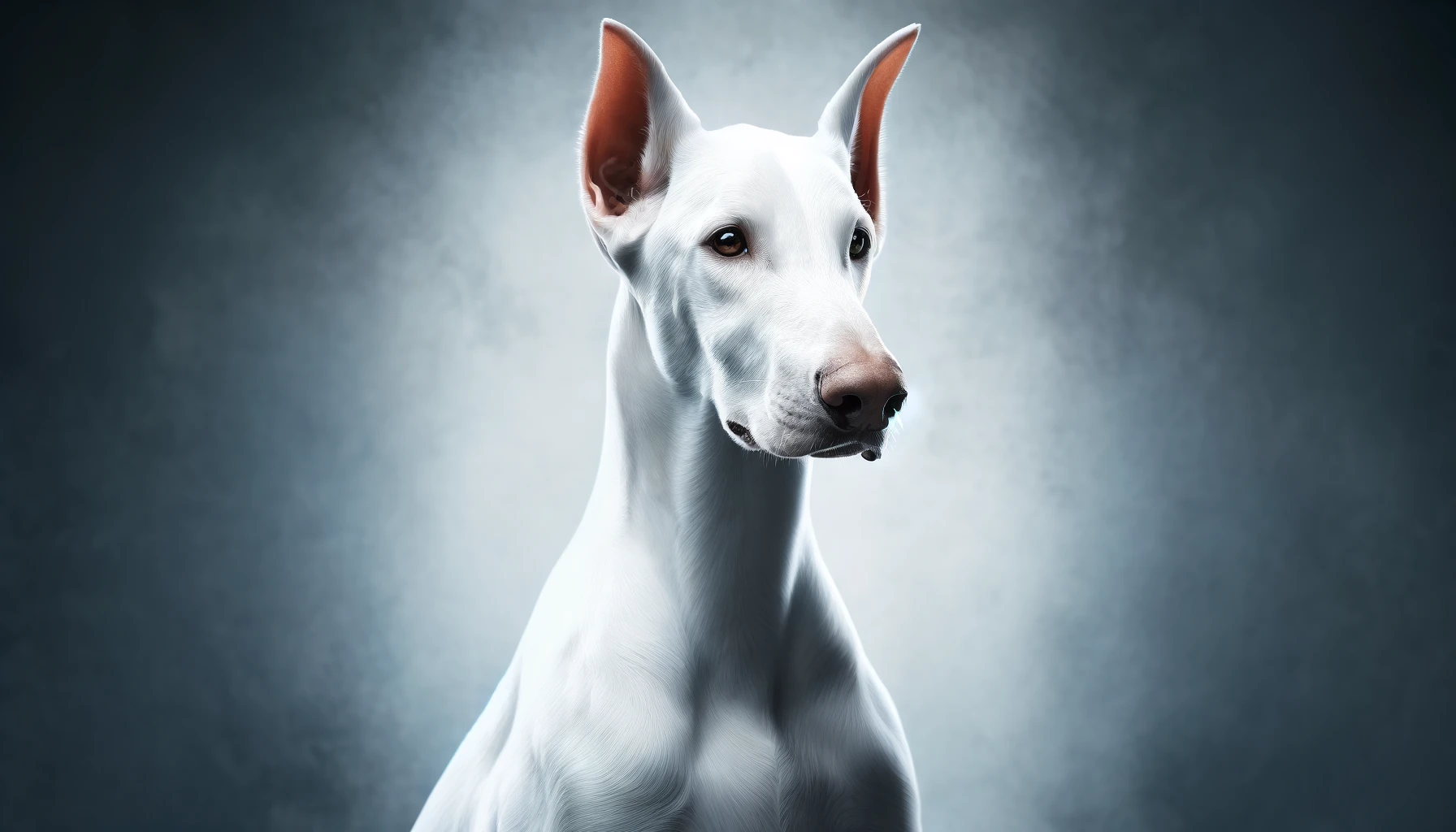
White Dobermans are the result of a genetic mutation and are quite rare. They have a pure white coat with no markings and can have blue, gray, or amber eyes. This color variation is controversial due to the health issues associated with it, including increased sensitivity to sunlight and a higher risk of skin cancer. White Dobermans may also suffer from deafness or vision problems. While their striking appearance can be captivating, owning a white Doberman comes with significant responsibilities, especially regarding their health and care.
6. Black

Solid black Dobermans, without the typical rust markings, are extremely rare and are not recognized by major kennel clubs for confirmation. These dogs have a powerful, sleek look that emphasizes the muscular build and athletic nature of the breed. The solid black color can make them more visually imposing, which might be desirable for a guard or service dog role. However, like all black dogs, they can be prone to overheating in strong sunlight, and their coat may show signs of dust and dandruff more readily than lighter colors.
7. Melanistic (All-Black)

Melanistic, or all-black, Dobermans exhibit a completely black coat, eyes, and skin due to an excess of melanin. This is an incredibly rare genetic trait and not typically desirable for breeding due to the potential health issues it can cause, including overheating and respiratory problems. Despite these challenges, the melanistic Doberman is a stunning sight, with an even more pronounced guard dog appearance than the standard black and rust.
In conclusion, while the Doberman is often recognized for its traditional black and rust coat, the breed’s palette includes a range of stunning variations. Each color carries its unique beauty and set of challenges. Whether you are drawn to the classic look of black and rust or the rare allure of the fawn or white, it is important to consider both the aesthetic and the health implications of these colors when choosing a Doberman as a pet.
Frequently Asked Questions About Doberman Colors
1. What are the standard colors for a Doberman Pinscher?
The standard colors for a Doberman Pinscher as recognized by the American Kennel Club (AKC) are black, red, blue, and fawn, all with rust-colored markings. The most common and iconic is the black and rust combination, where the dog has a black base coat with clearly defined rust markings above the eyes, on the muzzle, legs, chest, and below the tail. Red and rust Dobermans have a coat that ranges from light cinnamon to deep copper, while blue and rust have a diluted black coat that appears grayish. Fawn, also known as Isabella, is a lighter tan shade. These colors are all highly regarded in the show ring when paired with the correct rust markings.
2. Are white Dobermans albino?
White Dobermans are not albinos. They have a condition known as leucism, which results in reduced pigmentation. Unlike albinism, leucism does not affect the color of the eyes. White Dobermans typically have blue, gray, or amber eyes, and their skin may have some pigmentation. This genetic mutation is linked to a specific gene and is inherited as an autosomal recessive trait. However, white Dobermans can experience health issues such as increased sensitivity to sunlight, skin cancer, and vision or hearing problems, making their care more demanding compared to standard-colored Dobermans.
3. What is a blue Doberman?
A blue Doberman has a coat color that results from a dilution gene affecting the black pigment, giving the fur a blue-gray appearance. This unique color is visually striking but comes with potential health concerns. Blue Dobermans are prone to a condition called Color Dilution Alopecia, which can result in hair loss and sensitive skin. While they display the same vibrant personality and intelligence as other Dobermans, blue Dobermans require specific care to manage their coat and skin health, including regular grooming and possible medical treatment for skin issues.
4. Can Dobermans be solid black?
Solid black Dobermans, which lack the rust markings typically found in the breed, do exist but are extremely rare. These Dobermans are not recognized by major kennel clubs for conformation shows due to the breed standard specifying rust markings. Solid black Dobermans have a sleek and imposing appearance that emphasizes their muscular build and athletic nature. However, because of their non-standard color, breeding for solid black is generally discouraged to maintain the health and standards of the breed.
5. How common are fawn (Isabella) Dobermans?
Fawn, or Isabella, Dobermans are among the rarest color variations of the breed. This color is a lighter dilution of the red coat, caused by a double dilution gene. Fawn Dobermans have a soft beige or tan coat with rust-colored markings. Like blue Dobermans, they are susceptible to Color Dilution Alopecia, which requires careful attention to skin and coat health. Although beautiful, the rarity of this color can make finding a fawn Doberman more challenging, and they may be priced higher than more common colors.
6. What are the grooming needs of a red and rust Doberman?
Red and rust Dobermans have a coat that may range from light cinnamon to a deep copper color, which can attract more visible dirt than darker coats. Their grooming needs are similar to other Dobermans but maintaining the vibrant red color requires some extra care. Regular brushing helps to remove dirt, distribute natural oils, and minimize shedding. Bathing should be done as needed, using a shampoo formulated for dogs to enhance coat color without stripping natural oils. Additionally, red and rust Dobermans may require sun protection to prevent their coat color from fading.
7. Are melanistic (all-black) Dobermans common?
Melanistic (all-black) Dobermans are very rare and involve an excess of melanin that colors the dog’s coat, eyes, and skin black. This condition is not just rare but also not typically desired in the breed due to potential associated health issues, such as overheating and respiratory problems. Melanistic Dobermans, due to their all-black appearance, can be visually striking but are seldom seen, and breeding for this color is generally not encouraged among responsible breeders.
8. Is there a genetic health concern associated with certain Doberman colors?
Yes, certain Doberman colors, specifically blue and fawn (Isabella), are associated with genetic health concerns. Both colors can suffer from Color Dilution Alopecia, a condition caused by a dilution gene that affects pigment in the coat. This can lead to patchy hair loss and sensitive skin, which may require medical treatment and specialized grooming routines to manage. It’s important for potential Doberman owners to be aware of these issues when considering these colors, as they may incur additional veterinary costs.
9. What color Doberman is most preferred for showing?
For conformation shows, the most preferred Doberman color is black and rust due to its classic and striking appearance that adheres closely to the breed standard. This coloration provides a stark contrast between the black base coat and the rust markings, which is highly valued in the show ring. Red and rust is also acceptable and can perform well in shows, provided the rust markings are clear and properly located according to breed standards.
10. How can I ensure the color of my Doberman’s coat stays vibrant?
Ensuring the vibrancy of your Doberman’s coat color involves regular grooming and good nutrition. Brushing your Doberman several times a week helps to remove dirt and distribute natural skin oils, which enhances the coat’s sheen. Using a high-quality dog shampoo during baths can help maintain the color and health of the coat. Nutrition also plays a crucial role; feeding your Doberman high-quality dog food rich in essential fatty acids can help keep their coat shiny and vibrant. Additionally, protecting your Doberman from excessive sun exposure is important, especially for lighter-colored coats like red and fawn, to prevent fading.

 1 week ago
12
1 week ago
12
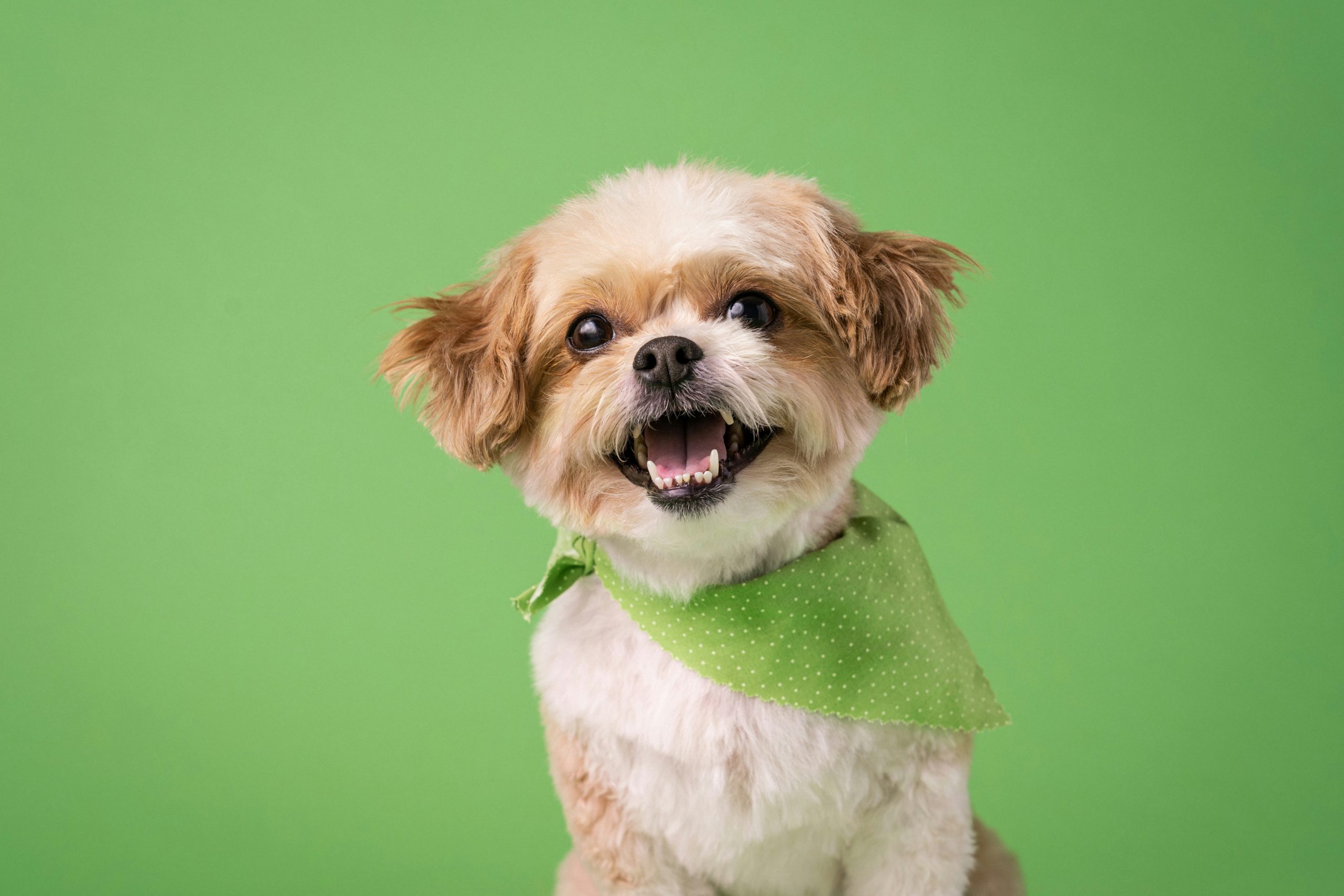


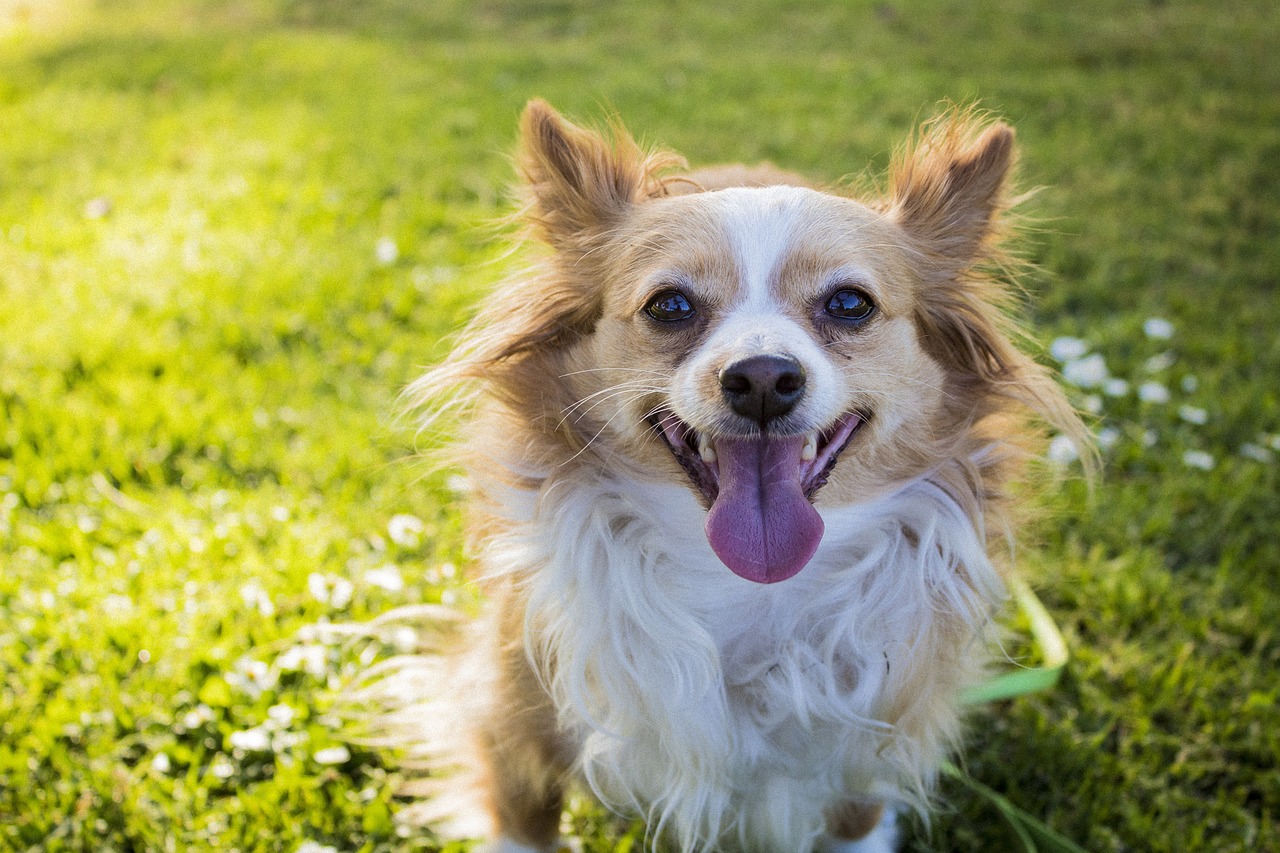
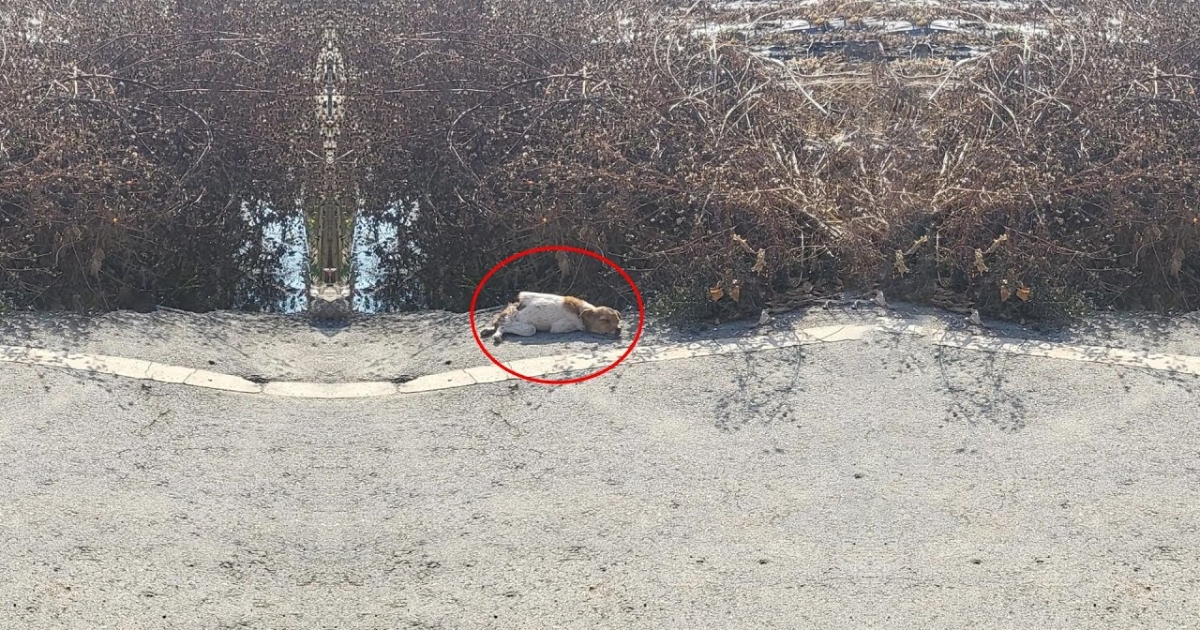


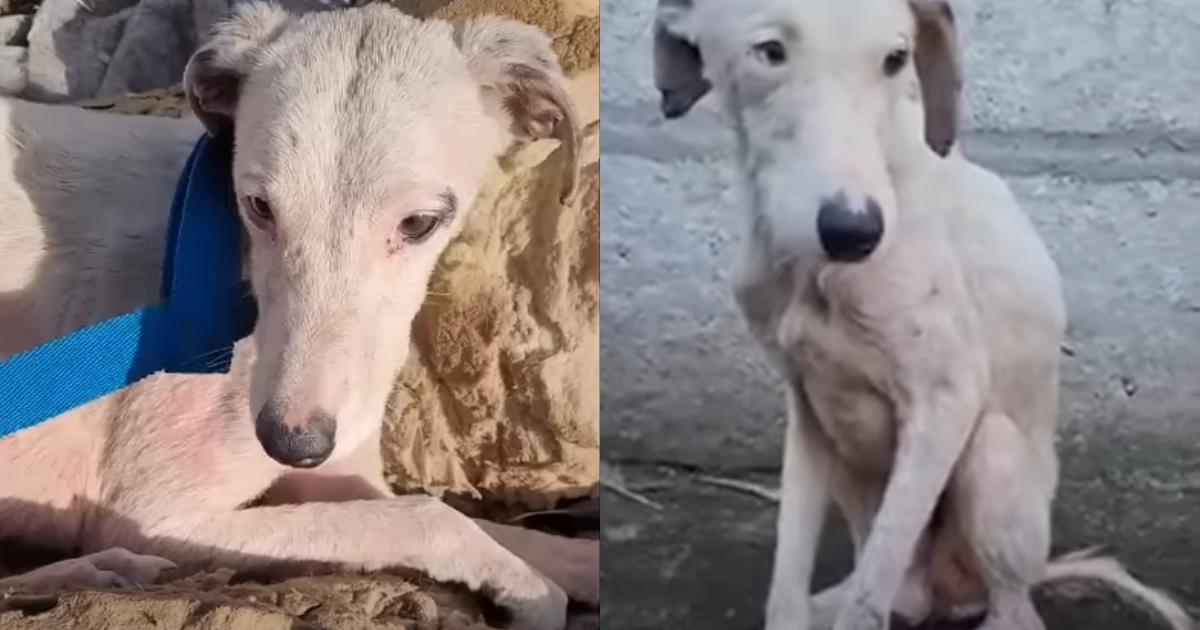
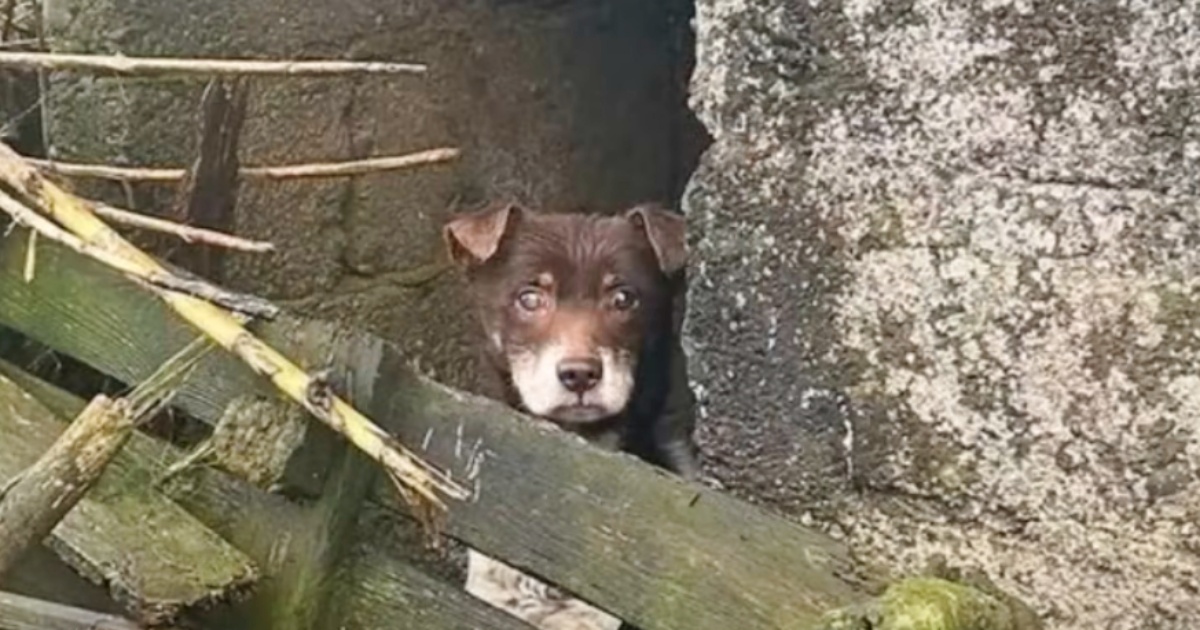



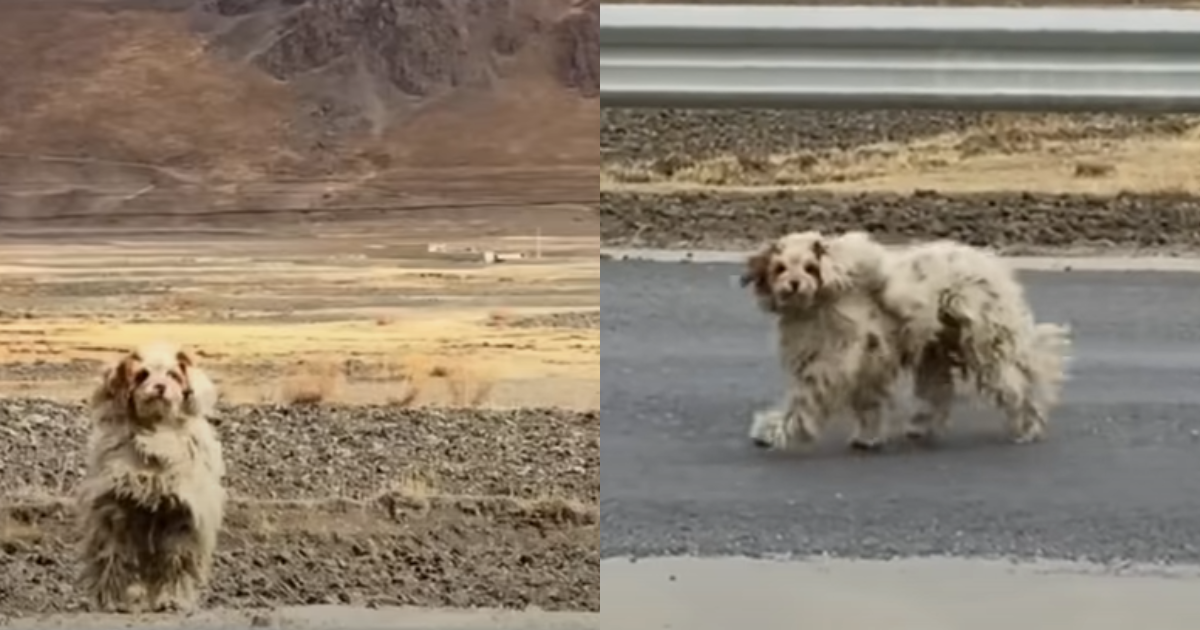

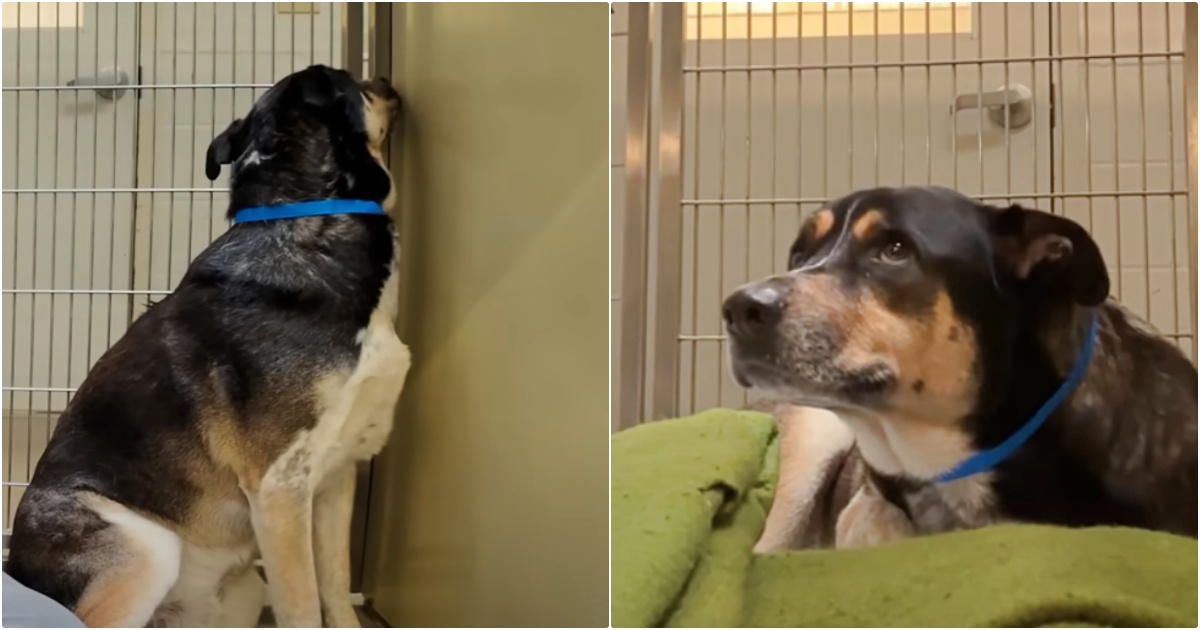
![Cost of a Borzoi Puppy by US Region [2024]](https://iheartdogs.com/wp-content/uploads/2024/04/borzoi-4950553_1280.jpg)
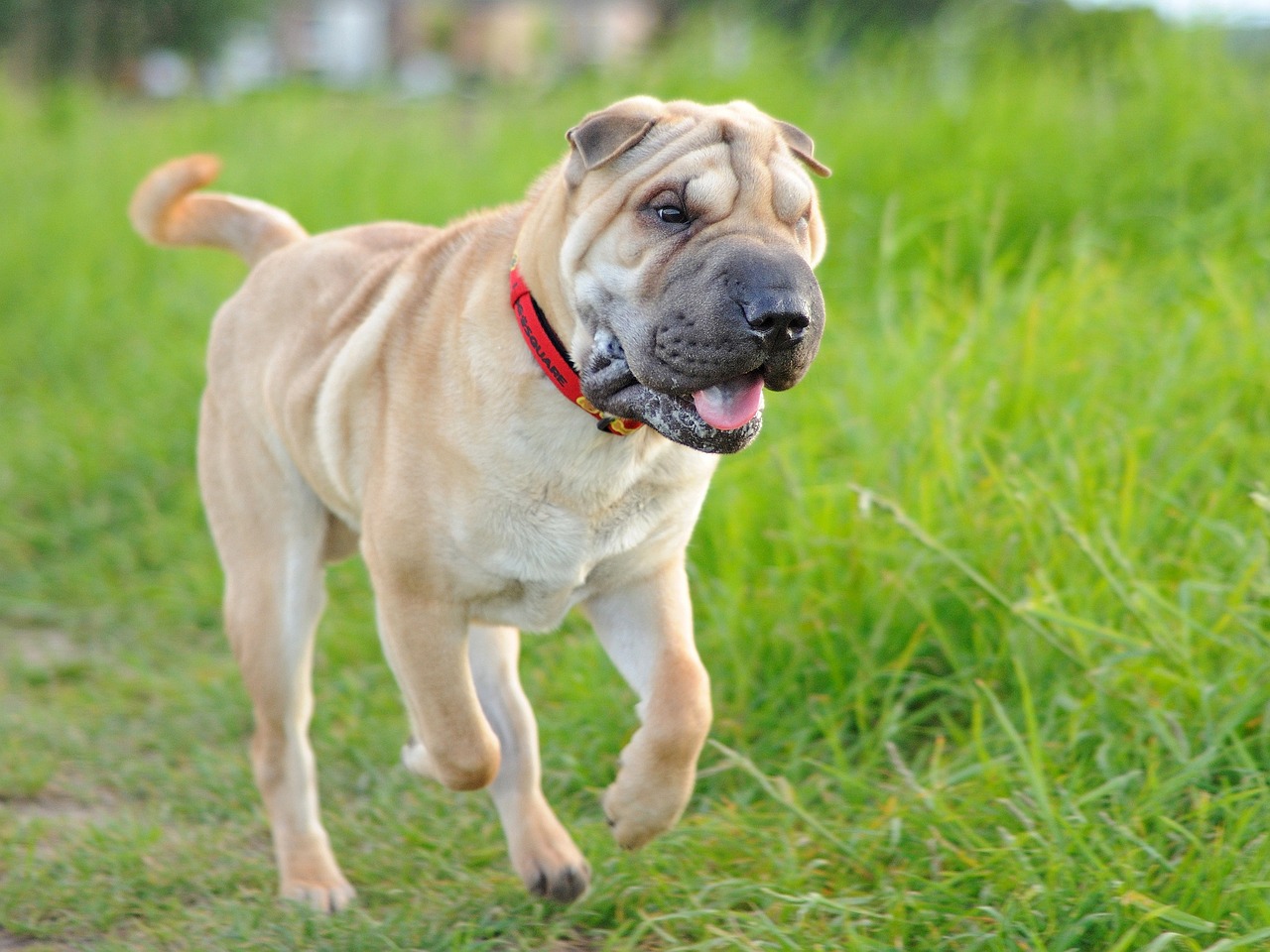
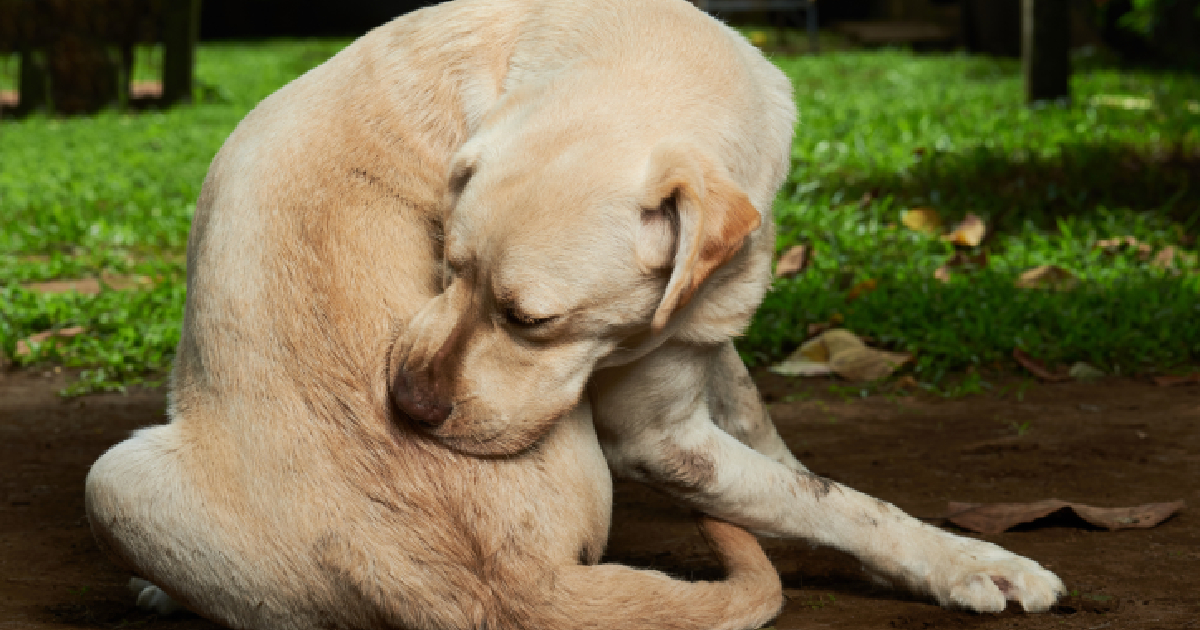
 English (US) ·
English (US) ·